Neat interview over at the APBA Historical Society’s website with the man who finessed a lot of racing props in his day .
Ted Jones @ Stan Sayers Boathouse – SLOMOSHUN IV & V
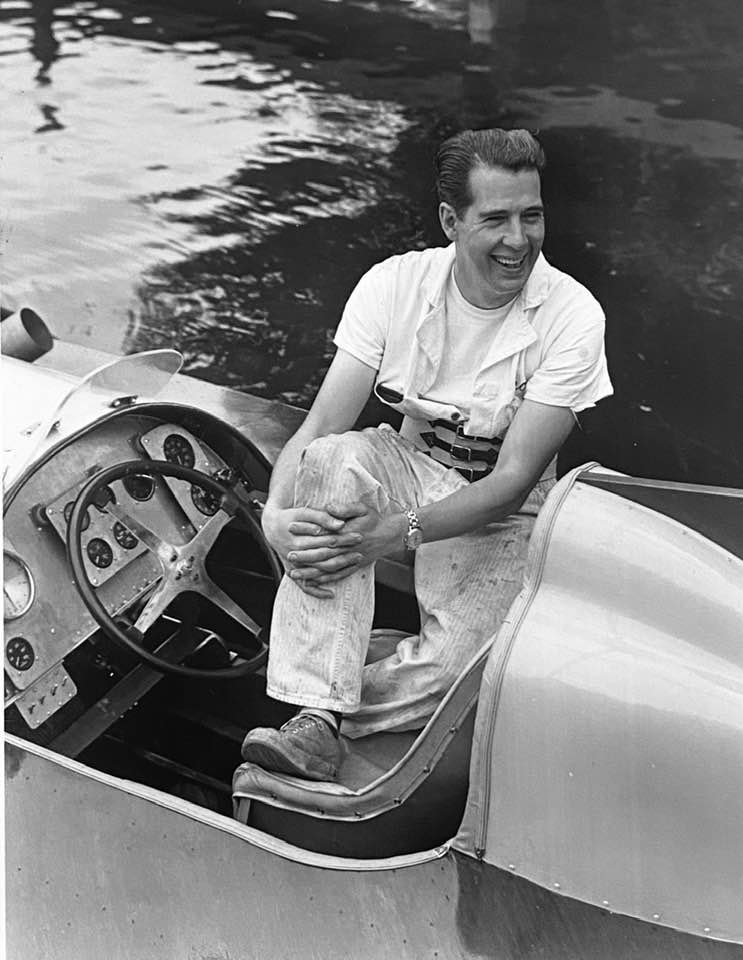
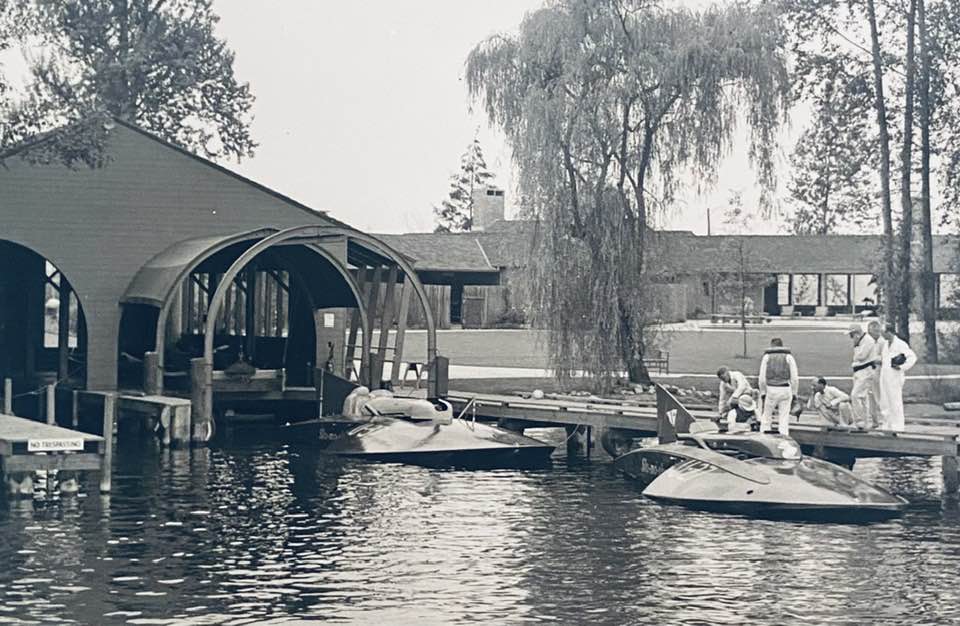
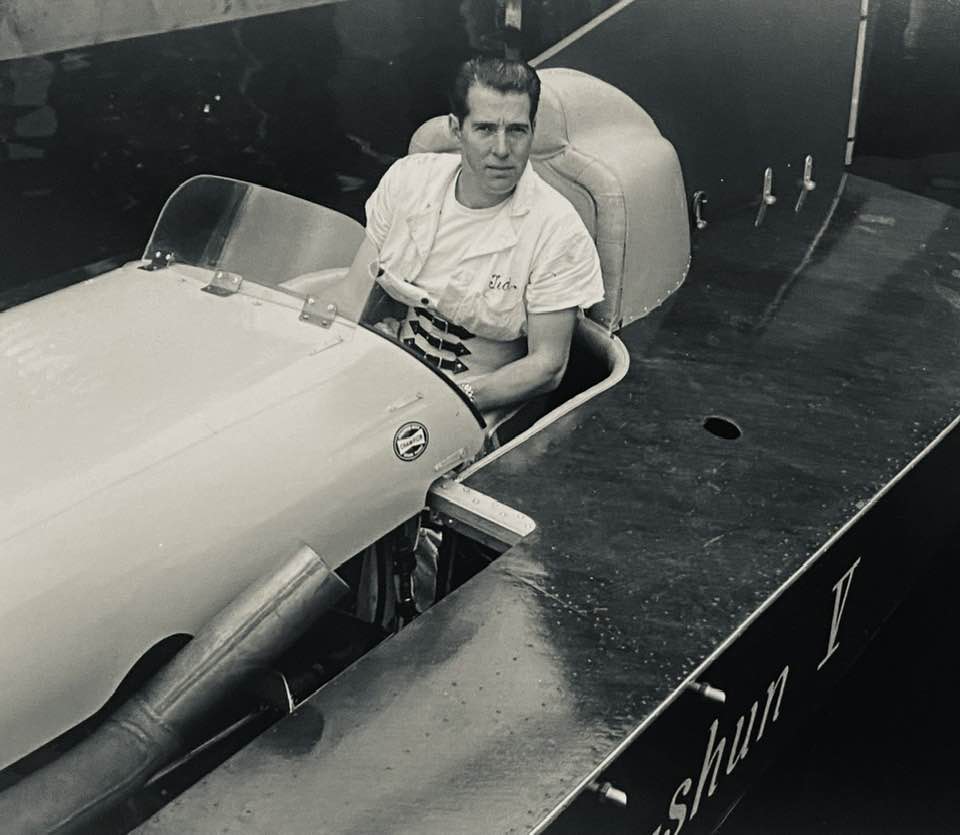
Ted Jones in SLOMO. Photos by Leo Livingston 1951. Posted by Finn Livingston on Hydroplane History (facebook)
Tommy Hill 135
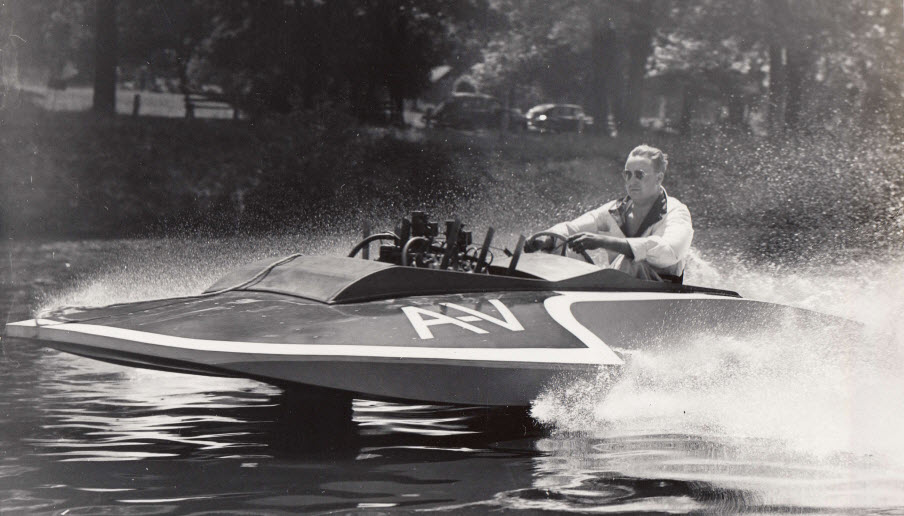
Don Buddo posted this on Vintage Hydroplanes – Skiffs & Outboards (facebook), “My father testing his hydroplane on the Thames River in London, Ontario around 1948”
Thriftway Too
Randy Wold sent me the link and noted, “Ron Jones Sr. told me at San Diego the Thriftway Too used a borrowed propeller from Bernie Little to qualify and the boat set a real fast time and when it returned to the dock Bernie wanted the propeller back right away.”
While watching, note the interesting comments from Bill about driving up front of the motor during an interview. Also at the end – some really neat on-board video.
Chiro Too and Chiro III
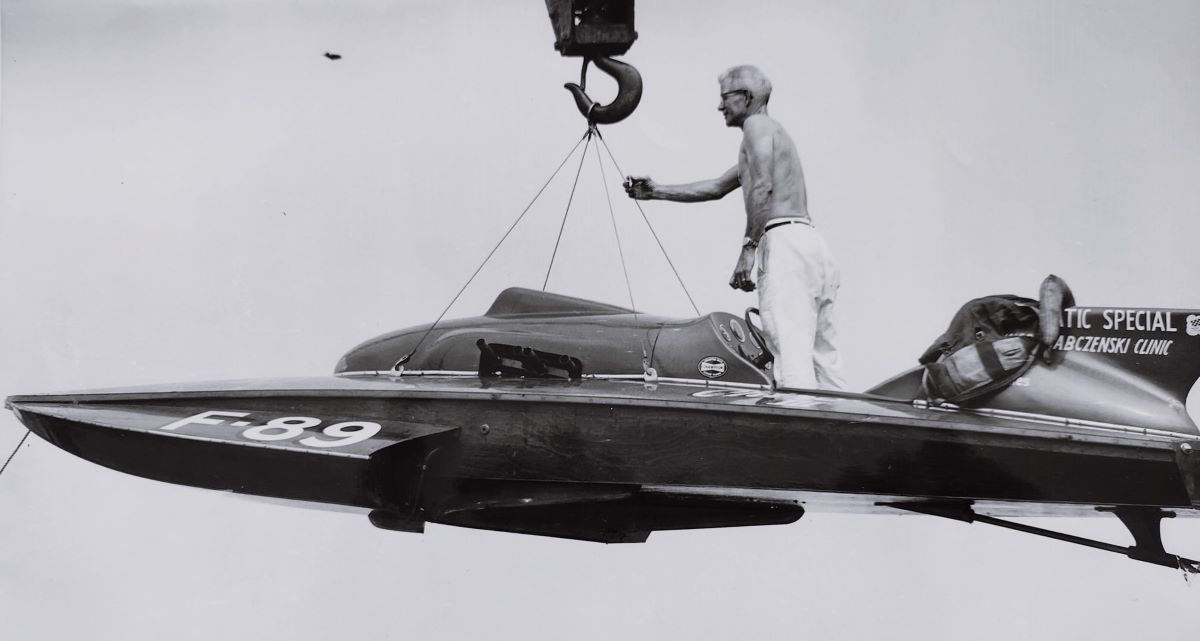
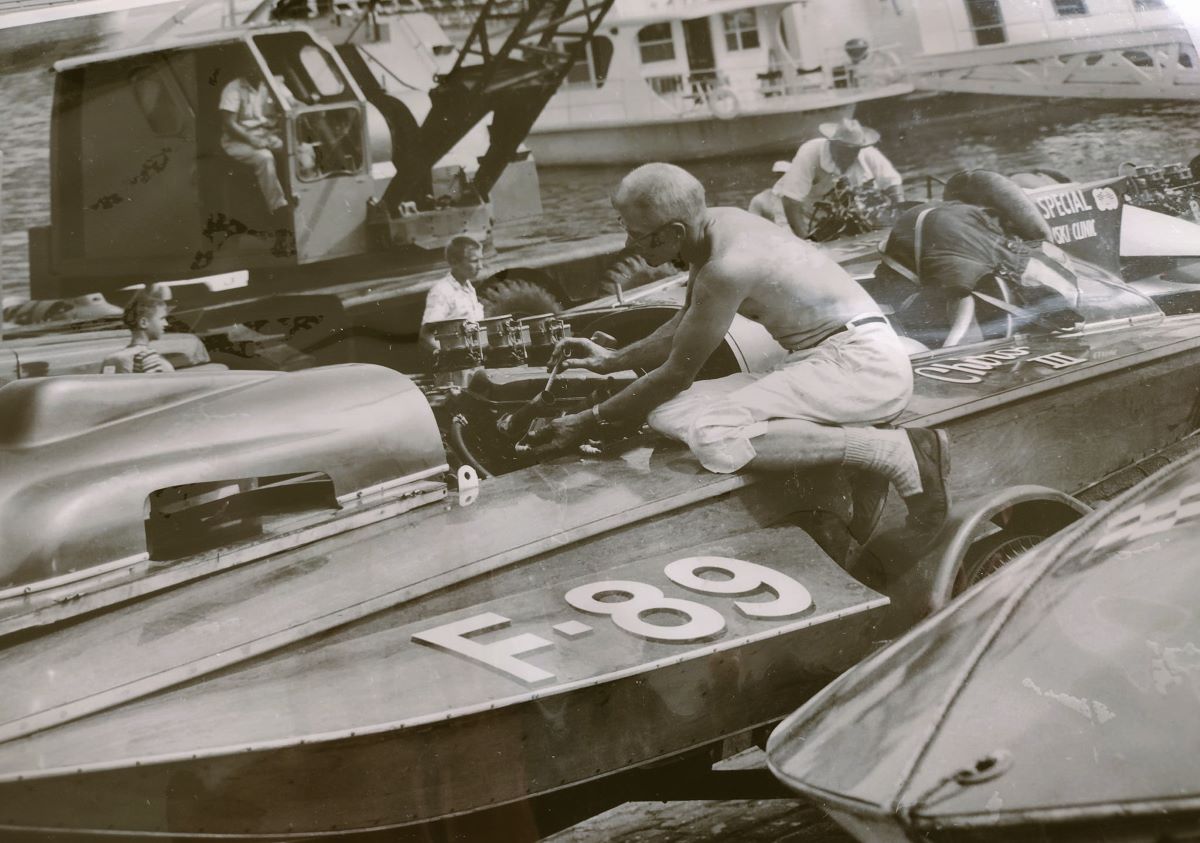
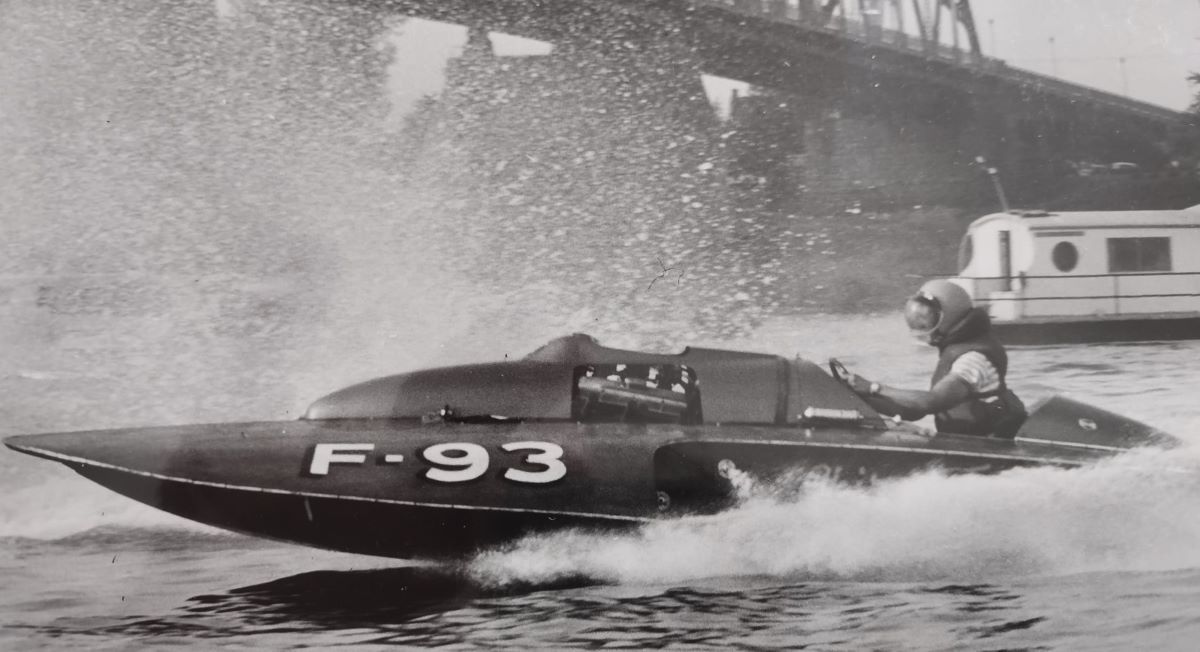
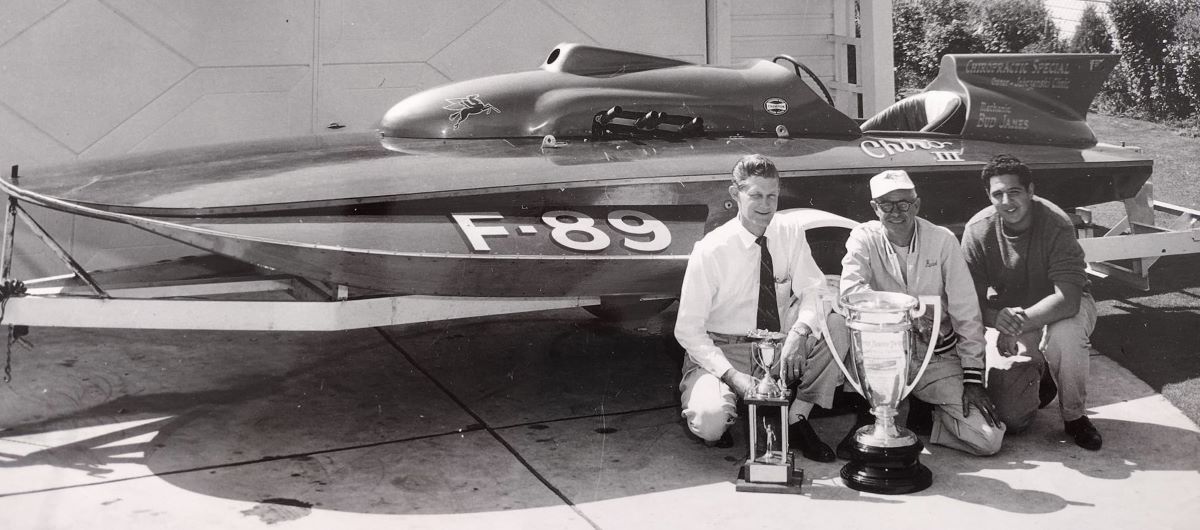
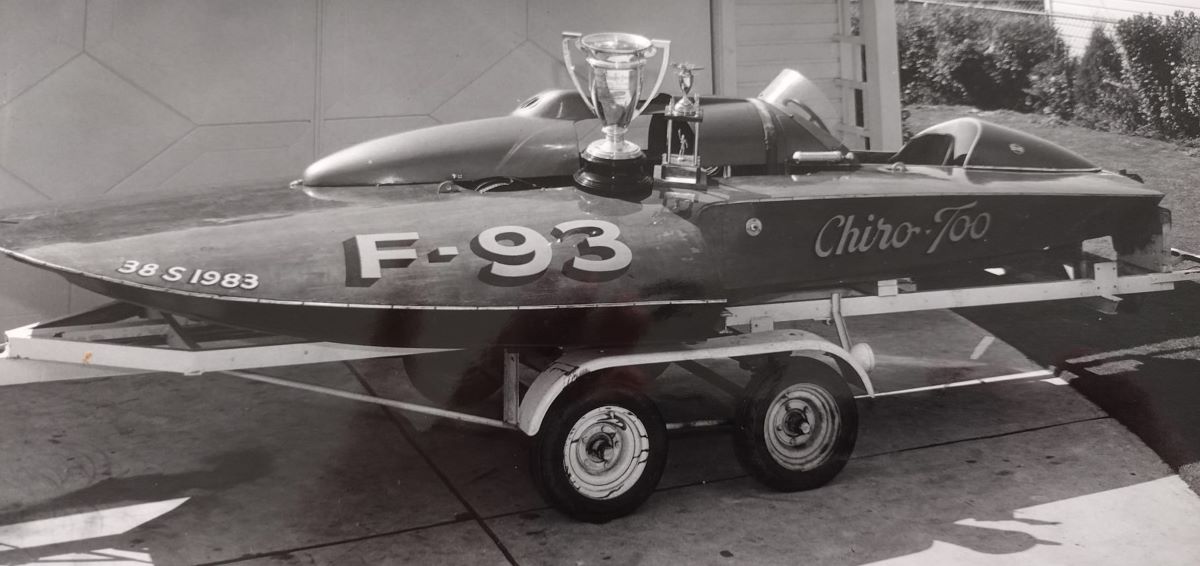
Jim Jabczenski, son of Mitchell Jabczenski, sent in some pics from the family’s scrap book of his father’s and grandfather’s hydroplanes that they campaigned in the 1950s to 60s. Bud James is also mentioned (my father’s mechanic) and drove F-89 sometimes. The Vintage Hydroplanes has stories of both boats authored by Phil Kunz: Chiro III F-89 and Chiro-Too F-93. Both of these boats have a very unique history and are a worthwhile read.
Lou-Jan II
I saw your website and want to share a photo I have of my dad’s hydroplane from 1950-1955. My dad was Dr. Ralph Beare of Celina, Ohio and our driver was Larry Kruger of Neptune, Ohio. Larry died from a swimming accident in August of 1955 at a race in Petoskey, Michigan. This is a class D hydroplane, Lou-Jan II, named for my mother, Lucinda, and me, Jan. Larry was a very talented driver and many of the young drivers we knew, went on to make brilliant careers, ie Dean Chenoweth.
We also had Lou-Jan I but it was not the big winner that II was. I do not know what happened to it, as we sold it in 1955 after Larry died.
Jan Jones guitarjan@att.net
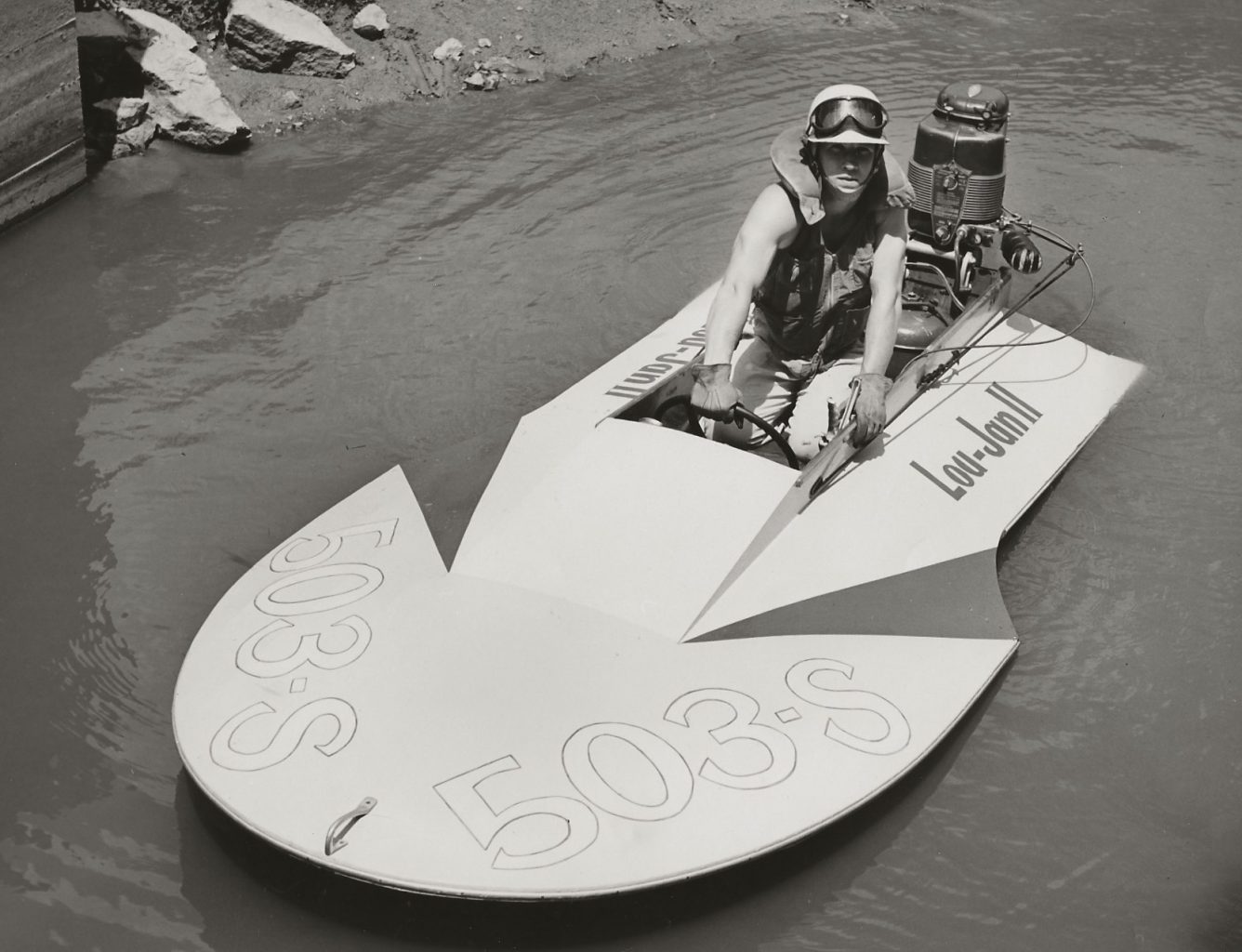
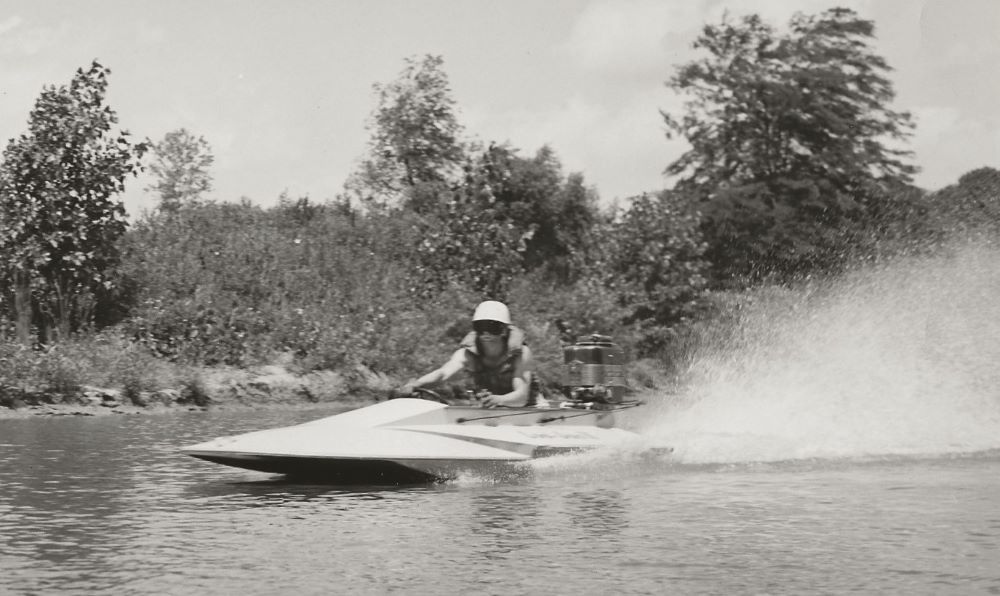
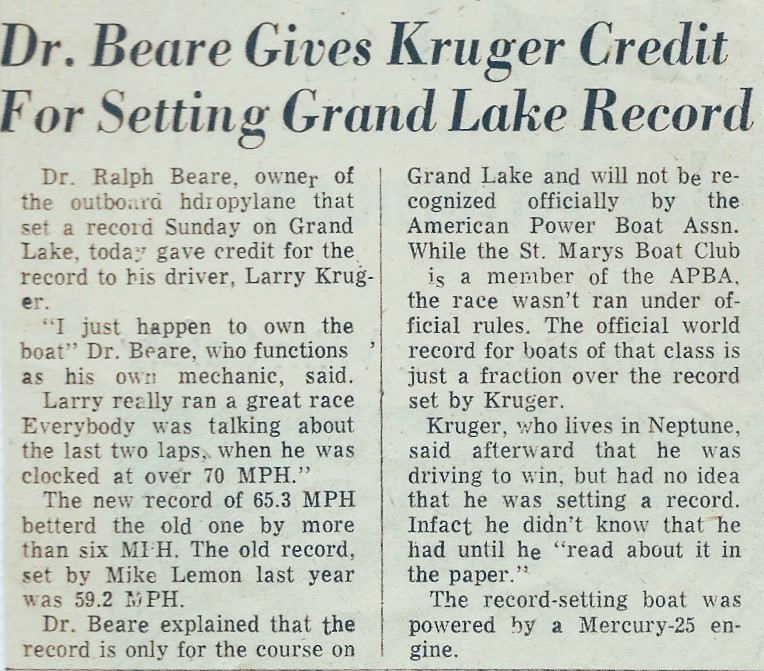
Gee Whizzz and High Hopes hydros added to our boat’s directory
Gee Whizzz A-29
Bob Johanson of Benton City, Washington started his racing in the the N class and changed to the A class in 1964. He campaigned all his boats under the GEE WHIZZZ name and was always running up front through the early to mid 1960s. His webpage is full of neat photos and many newspaper articles.
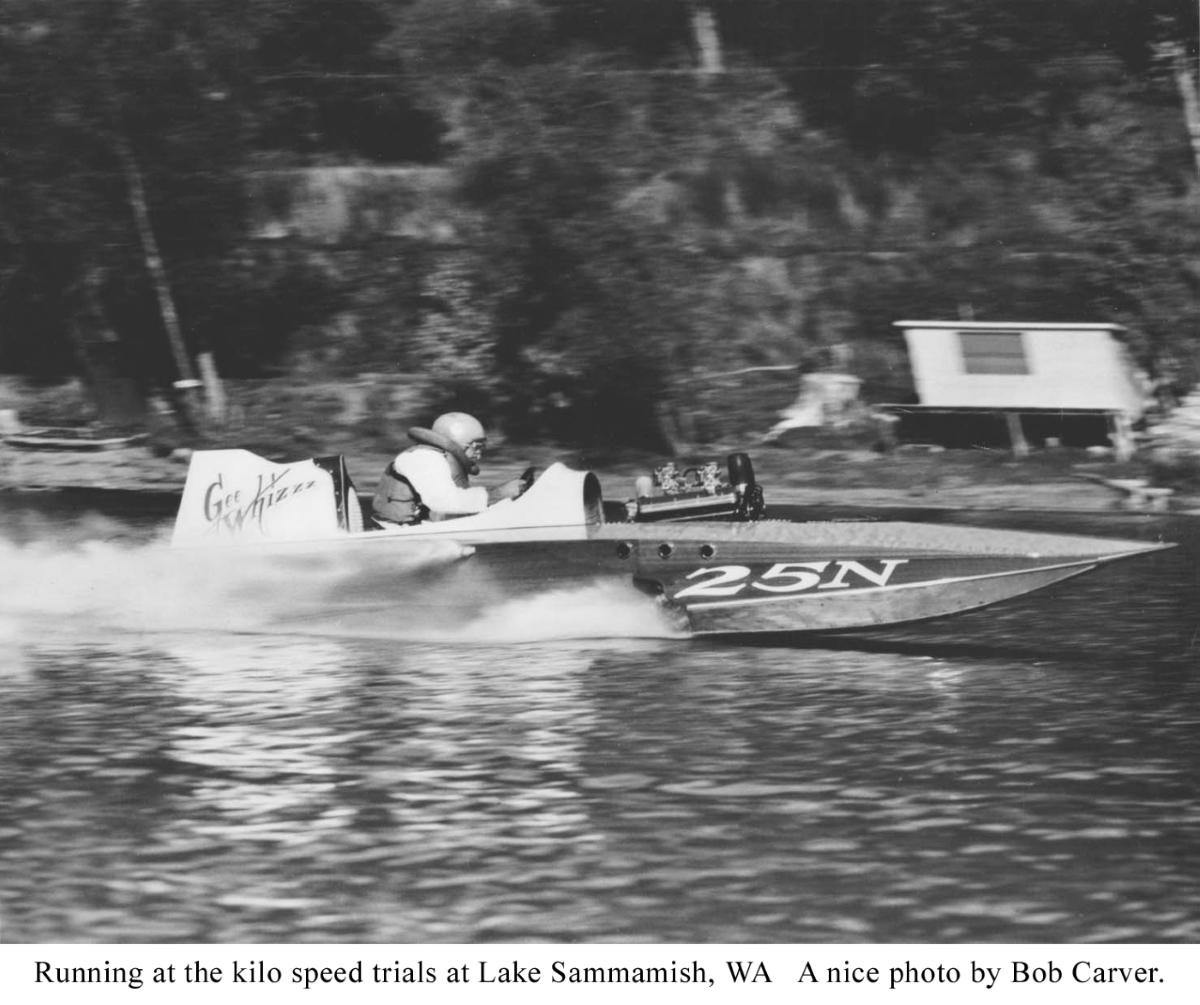
High Hopes 22-A
Jack Hess of Benton City, Washington, (later Seattle) started his racing in the early 1960s. He campaigned his boats under the HIGH HOPES name. His most successful was built by him and Joe McMahon using modified Sooy plans. Hess and High Hopes went on to become 1967 National High Point Champion.
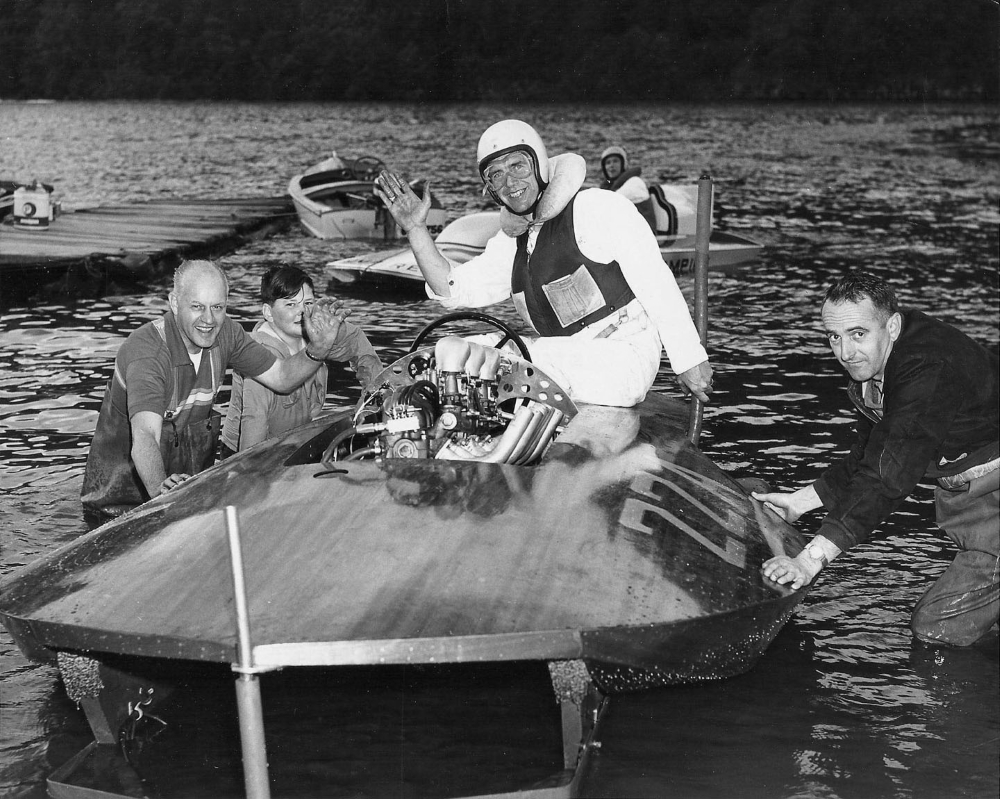
WANTED POSTERS
Welcome to the WANTED POSTERS covers. Over the last many years, Phil Kunz has added a 118 Wanted Posters to his website. We assembled all of them into a neat lil’ flip book format for all to enjoy. The posters are in order by inboard hydroplane classes. If you are on a desktop computer, best way to view the covers is to click the “toggle fullscreen” button, then simply use your arrow buttons on the keyboard to advance to the next covers. When done viewing the book, just press your “Esc” (escape) key and your monitor will go back to normal view.
Mike Wiener’s Country Boy

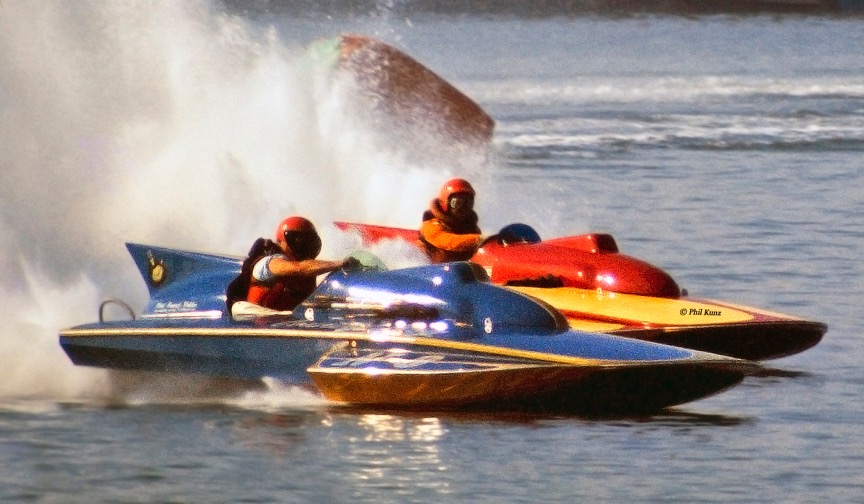
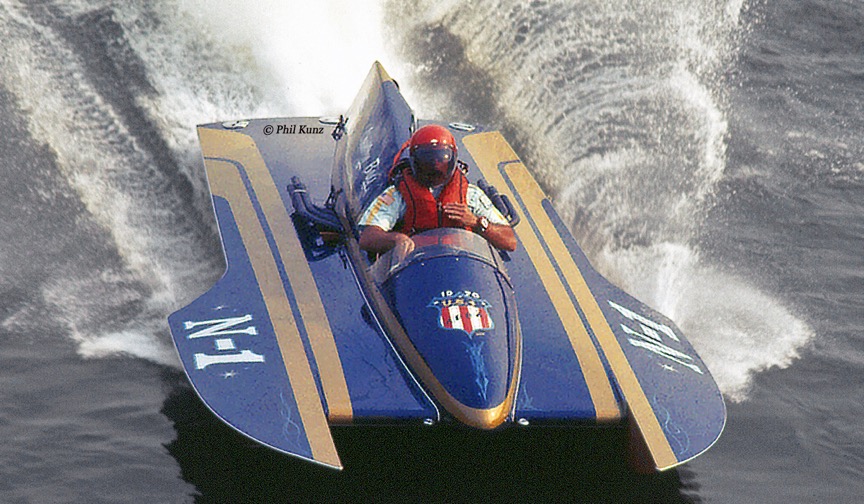

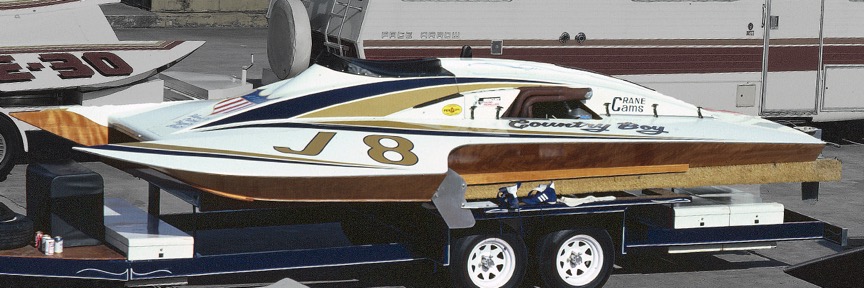

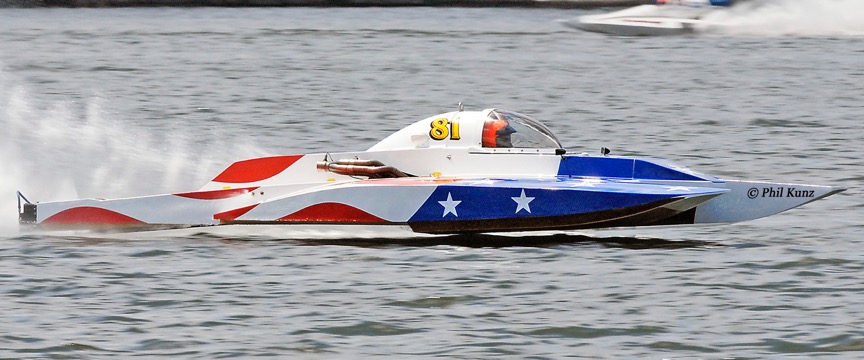
The last story on the COUNTRY BOY series. The above Phil Kunz photos are just a sample of some of the boats Mike Wiener had for the Country Boy Race Team. This story features all the boats that Mike Wiener used for his COUNTRY BOY team.

